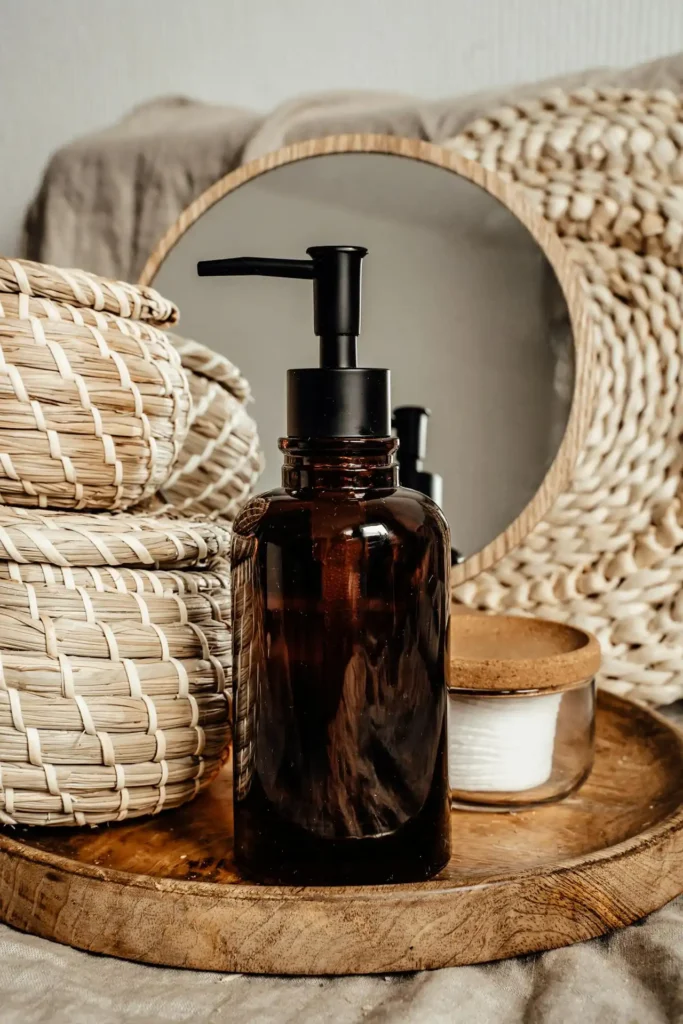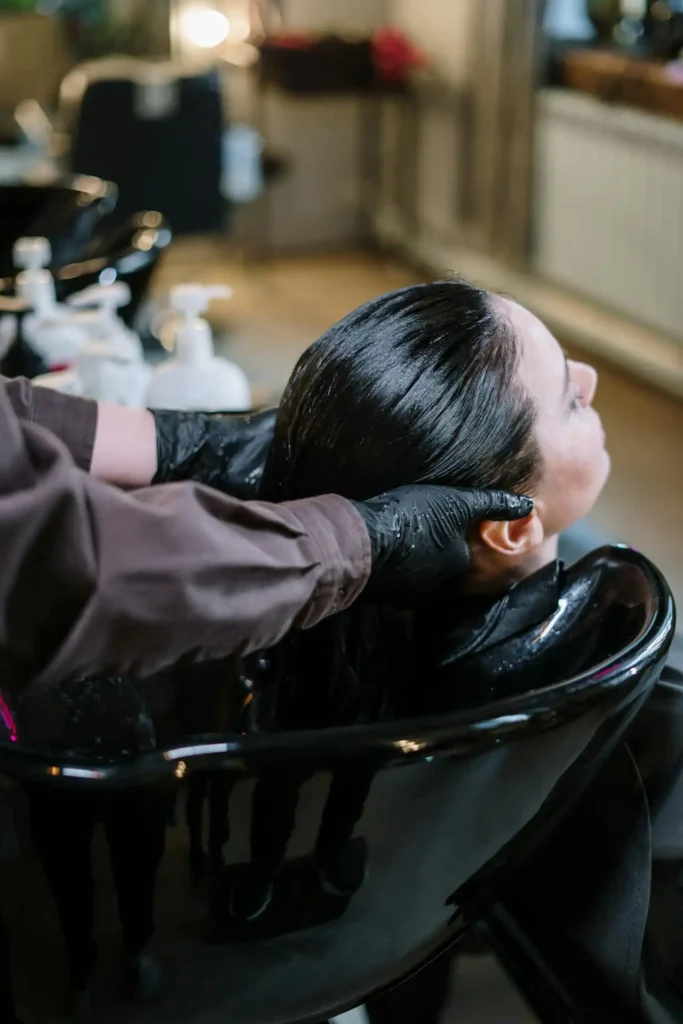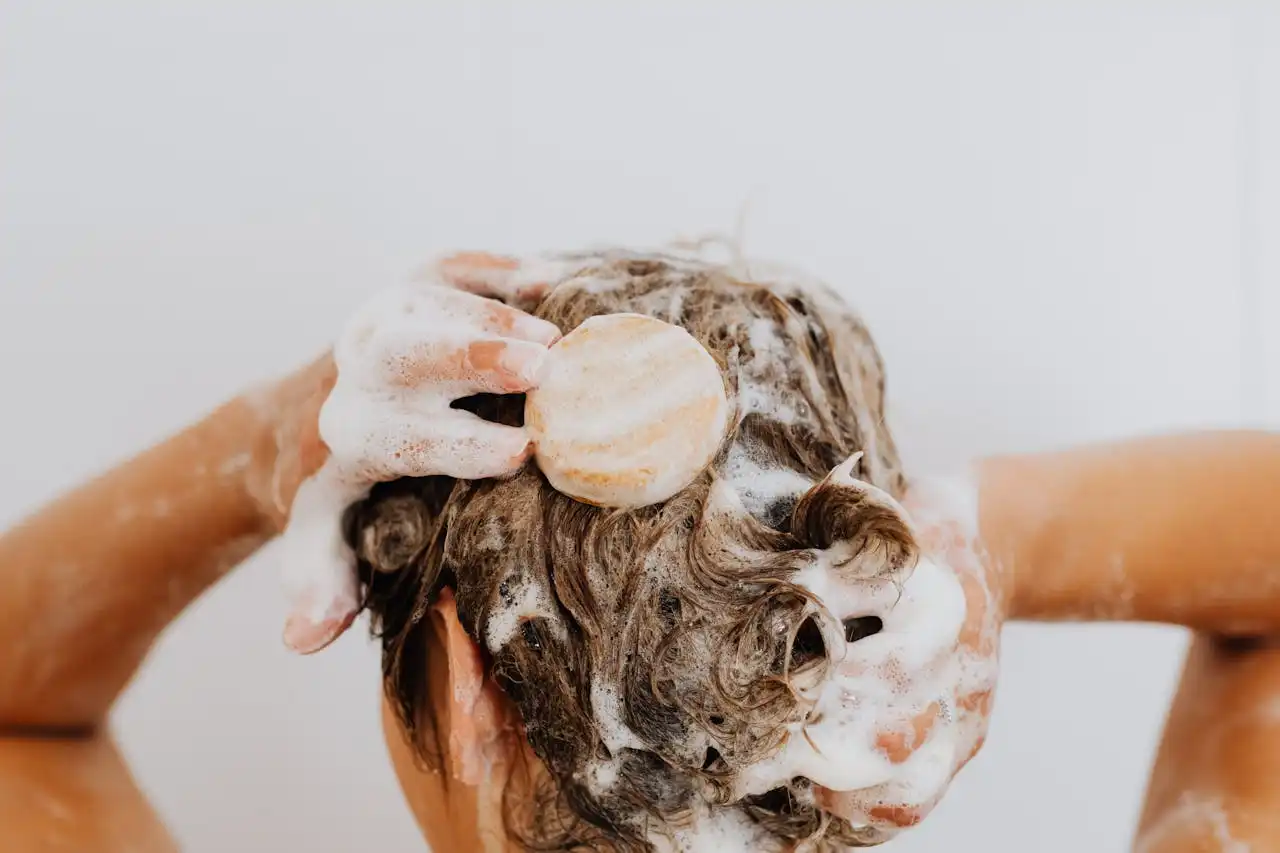The Right Way to Shampoo and Condition (Most Do It Wrong!)
You’ve been washing your hair since childhood, so you think you’ve mastered it by now. But here’s the truth: most people make critical mistakes that damage their hair daily.
Your hair routine might seem simple, yet you’re probably doing several things wrong. These mistakes lead to dryness, breakage, and lackluster locks.
Ready to transform your hair game?
You’re Probably Washing Too Often

Your grandmother washed her hair once a week, and she was onto something. You don’t need to shampoo every single day, despite what commercials tell you.
Daily washing strips your scalp of natural oils that keep your hair healthy and moisturized.
Your hair type determines your washing frequency. If you have oily hair, you might need to wash every other day.
Those with dry or curly hair should limit washing to twice a week maximum. Normal hair typically thrives with washing every two to three days.
Pay attention to your scalp, not your hair length, when deciding if you need a wash.
Your roots produce oil, while your ends need moisture. When your scalp feels greasy or itchy, that’s your cue for shampoo time.
Over-washing creates a vicious cycle. Break this cycle by gradually extending time between washes.
You strip away natural oils, your scalp overcompensates by producing more oil, and you feel compelled to wash again.
Your Water Temperature Is All Wrong
Hot showers feel amazing, but they’re wreaking havoc on your hair. Think of it as the Goldilocks temperature – not too hot, not too cold, but just right.
Scalding water opens your hair cuticles too much, causing moisture to escape and making your hair frizzy and brittle. You’re essentially cooking your hair strands.
Lukewarm water works best for shampooing and conditioning. It’s warm enough to open cuticles slightly for cleaning while preventing excessive moisture loss.
Here’s a game-changing tip: rinse with cool water as your final step. Cold water seals your hair cuticles, locking in moisture and creating incredible shine.
You’ll notice the difference immediately when your hair dries smoother and looks glossier. Cooler temperatures keep your scalp calm and healthy.
Your scalp appreciates moderate temperatures too. Hot water can irritate sensitive scalps and exacerbate conditions like dandruff or dermatitis.
You’re Shampooing Wrong From Start to Finish
Most people dump shampoo directly onto their hair and scrub like they’re washing dishes.
This aggressive approach tangles wet hair and doesn’t distribute product evenly. You’re wasting shampoo and potentially damaging your strands.
Start by thoroughly wetting your hair with lukewarm water for at least 30 seconds.
This pre-rinse removes surface dirt and debris while preparing your hair to absorb shampoo effectively. Don’t rush this step.
Use only a quarter-sized amount of shampoo, regardless of your hair length.
Focus exclusively on your scalp and roots where oil and product buildup occur. Your scalp needs cleaning, not your hair ends.
Massage gently with your fingertips, never your nails. Create circular motions across your entire scalp, spending extra time on areas that tend to get oily.
Let the shampoo run down your hair length as you rinse – this gentle action cleans your ends without aggressive scrubbing.
Rinse thoroughly until the water runs clear. Leftover shampoo residue makes hair look dull and feel heavy.
Take your time with this step, as proper rinsing sets the foundation for everything that follows.
Your Conditioning Technique Needs a Complete Overhaul
You’ve been conditioning backwards. Your roots produce natural oils, while your ends are oldest and driest.
Most people apply conditioner from roots to ends, but this approach weighs down your scalp and doesn’t provide moisture where you need it most.
Apply conditioner only from mid-length to ends, avoiding your scalp entirely. Comb through your conditioner with a wide-tooth comb while it’s still in your hair.
Your ends need the most moisture and protection since they’ve endured the most damage from styling, environmental factors, and daily wear.
Use more conditioner than you think you need. Your hair should feel slippery and well-coated.
Skimping on conditioner leaves some strands unprotected and creates uneven moisture distribution throughout your hair.
Here’s the secret most people miss: leave conditioner on for at least three to five minutes.
This waiting period allows the conditioning agents to penetrate your hair shaft and provide deep moisture. Use this time to wash your body or shave your legs.
This technique detangles gently while ensuring even distribution. You’ll prevent breakage and achieve smoother results when you style later.
Product Selection Makes or Breaks Your Results

Your shampoo and conditioner should work as a team, but many people mix and match random products without considering their hair’s specific needs.
Different hair types require different formulations for optimal results. Fine hair needs lightweight, volumizing formulas that won’t weigh down your strands.
Look for terms like “clarifying” or “volumizing” on shampoo bottles, and choose lightweight conditioners that won’t make your hair flat.
Thick or coarse hair thrives with moisturizing, smoothing formulas. Seek out products with ingredients like argon oil, shear butter, or keratin.
These ingredients provide the extra moisture and smoothing power your hair craves. Co-washing (conditioner-only washing) works well for many curly-haired individuals.
Curly hair requires sulfate-free shampoos and rich, creamy conditioners. Sulfates strip natural oils that curly hair desperately needs to maintain its shape and prevent frizz.
Color-treated hair needs specialized products that protect against fading and provide extra moisture.
Look for formulas specifically designed for color protection, and avoid clarifying shampoos that can strip your color prematurely.
Drying Methods That Actually Protect Your Hair
Your post-shower routine determines whether your efforts in the shower pay off. This is the perfect time for heat protectants, serums, or styling creams.
Roughly towel-drying your hair creates friction that leads to breakage and frizz. You’re undoing all the good work you just accomplished.
Never rub your hair with a towel. Instead, gently squeeze out excess water by pressing your hair between towel sections.
This technique removes moisture without creating damaging friction against your hair cuticles. Air drying remains the gentlest option for your hair.
Microfiber towels or cotton t-shirts work better than traditional terry cloth towels. These materials create less friction while absorbing water effectively.
Many people swear by the “plopping” method for curly hair, where you wrap your hair in a t-shirt to encourage curl formation.
Apply leave-in treatments while your hair is still damp. Damp hair absorbs products better than completely wet or dry hair.
If you must use heat tools, apply a quality heat protectant and use the lowest effective temperature setting. Your hair will thank you for the gentle treatment.
Common Mistakes That Sabotage Your Efforts
You might be doing several small things that collectively damage your hair over time.
These seemingly innocent habits add up to significant problems that leave you wondering why your hair looks and feels less than stellar.
Brushing wet hair ranks among the worst mistakes you can make. Wet hair stretches easily and breaks when manipulated aggressively.
If you must detangle wet hair, use a wide-tooth comb and work from ends to roots gradually.
Using too much product creates buildup that makes hair look greasy and feel heavy. Start with small amounts and add more if needed.
Remember, you can always add more product, but removing excess requires another wash.
Neglecting your scalp health affects your entire hair quality. Your scalp is skin, and it needs attention just like the skin on your face.
Gentle massage during shampooing improves circulation and promotes healthy hair growth.
Skipping regular trims allows split ends to travel up your hair shaft, causing more damage over time.
Even if you’re growing your hair out, small trims every six to eight weeks maintain hair health and actually help you achieve length goals faster.
Advanced Tips for Next-Level Hair Care

Once you master the basics, these advanced techniques will elevate your hair game even further.
Professional stylists use these methods to achieve the gorgeous results you see in salons and magazines.
Double shampooing works wonders for hair that’s exposed to heavy styling products or environmental pollutants.
Use a small amount of shampoo for your first wash to break down buildup, then follow with a second, more thorough shampooing session.
Weekly deep conditioning treatments provide intensive moisture that daily conditioners can’t match.
Apply a hair mask to damp hair, focusing on your ends, and leave it on for 10-20 minutes before rinsing thoroughly.
Clarifying treatments once a month remove stubborn product buildup that regular shampoos can’t eliminate.
These intensive cleansing sessions reset your hair, making it more receptive to moisturizing treatments and styling products.
Consider your water quality when troubleshooting hair problems. A clarifying shampoo or shower filter can address these issues effectively.
Hard water contains minerals that build up on your hair over time, making it feel rough and look dull.
Conclusion
Transform your hair by ditching old habits and embracing these proven techniques.
Your hair will reward you with improved texture, shine, and overall health.







